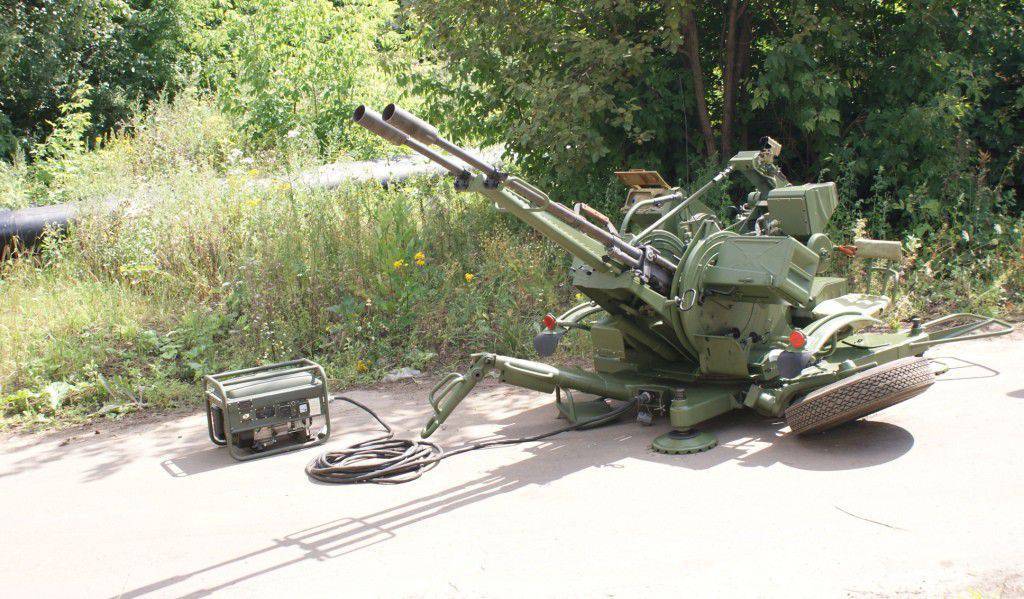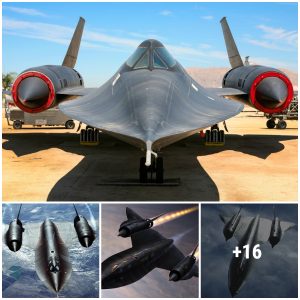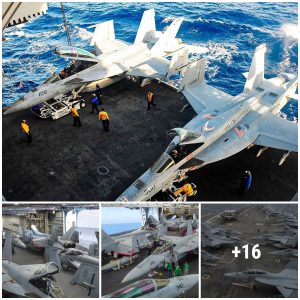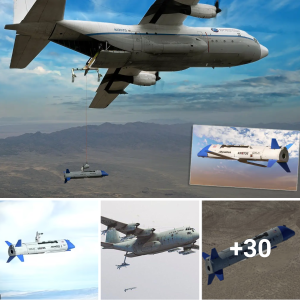In the realm of military armament, the ZU-23 Technical stands out as one of the most formidable weapons of defense. Developed during the Cold War era, this anti-aircraft artillery system has continued to prove its worth on the modern battlefield. With its versatility, mobility, and lethal firepower, the ZU-23 Technical has earned a reputation as an essential asset for various armed forces worldwide.

The ZU-23 Technical was originally designed in the Soviet Union during the late 1950s as a response to the increasing need for an effective anti-aircraft system. Its development was inspired by the experiences gained during World War II, which emphasized the importance of mobile anti-aircraft units to protect ground forces. The ZU-23 was introduced into service in the early 1960s and has since undergone several upgrades to meet contemporary combat demands.

The ZU-23 Technical is a towed, twin-barreled anti-aircraft gun system that fires 23mm rounds. It consists of a pair of 23mm 2A14 autocannons mounted on a wheeled carriage, allowing for rapid transportation across various terrains. Each gun is capable of firing up to 850 rounds per minute, providing a devastating rate of fire against airborne threats. The gun’s elevation range and azimuth coverage allow it to engage targets at different altitudes and angles, making it a versatile weapon against helicopters, low-flying aircraft, and even ground targets.

One of the ZU-23 Technical’s key advantages is its high level of mobility. The system can be towed by different vehicles, including trucks, armored personnel carriers, or even mounted on small utility vehicles, which grants it exceptional adaptability on the battlefield. Its ability to swiftly relocate allows it to quickly respond to changing threats, making it a valuable asset for both offensive and defensive operations.
Over the years, various nations have developed modern upgrades and modifications for the ZU-23 Technical, ensuring its relevance in modern warfare. These enhancements include the addition of radar and fire-control systems, which enable the ZU-23 to engage targets more accurately and efficiently. Furthermore, the integration of thermal imaging and night vision capabilities has extended its operational effectiveness to 24/7, ensuring continuous protection against aerial threats.

The ZU-23 Technical has been actively deployed in numerous conflict zones around the world. From its service in various African and Middle Eastern theaters to its presence in Eastern Europe and Asia, this weapon system has proven its worth on diverse battlefields. Its ability to provide aerial cover to ground forces and engage hostile aircraft has made it a staple in the arsenals of many nations.
The ZU-23 Technical is a time-tested and lethal anti-aircraft artillery system that continues to be a critical asset for modern military forces. Its adaptability, mobility, and firepower make it an indispensable tool for safeguarding ground forces from airborne threats. As technology advances, the ZU-23 will undoubtedly undergo further refinements, ensuring its relevance and effectiveness in future conflicts.





